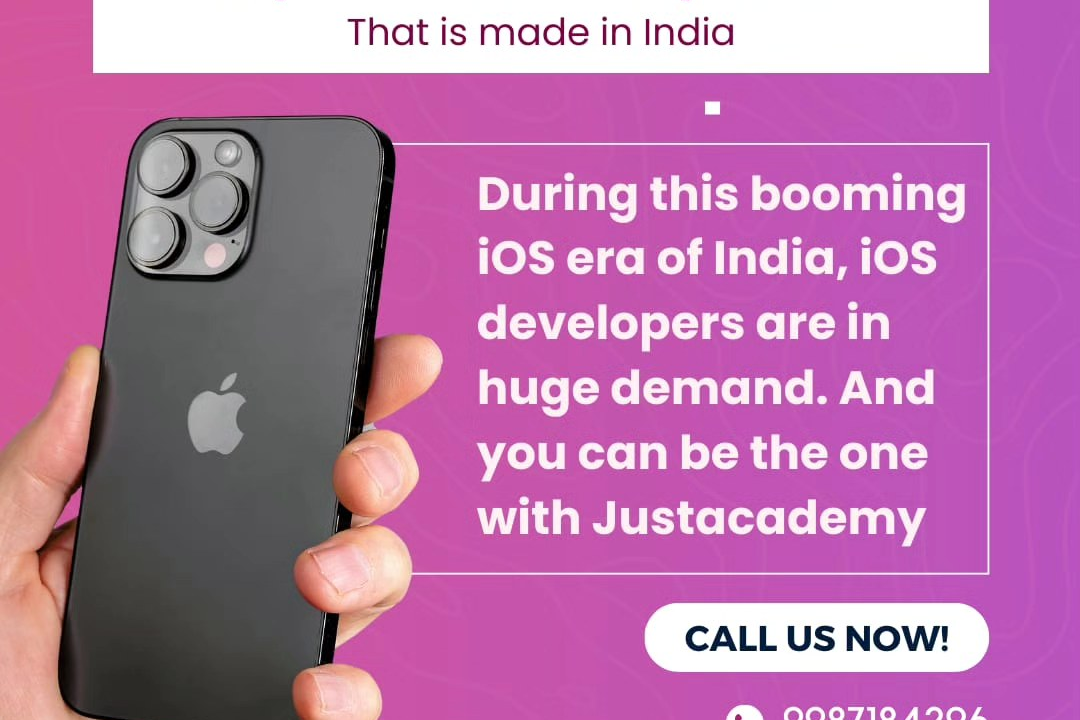Flutter Coding Methodologies
Flutter Development Best Practices
Flutter Coding Methodologies
Flutter coding methodologies encompass a set of best practices and architectural patterns that enhance the development process of Flutter applications. The most commonly used methodologies include the Model-View-ViewModel (MVVM) and BLoC (Business Logic Component) patterns, which promote a clear separation of concerns by organizing code into distinct layers of data, UI, and business logic. Flutter's widget-based framework encourages a declarative programming style, allowing developers to build UI through a composition of widgets that respond to state changes. Additionally, the reactive programming model facilitates asynchronous programming with tools like Futures and Streams, enabling efficient data handling and UI updates. Overall, these methodologies aim to create maintainable, scalable, and testable applications that leverage Flutter's rich set of features and capabilities.
To Download Our Brochure: https://www.justacademy.co/download-brochure-for-free
Message us for more information: +91 9987184296
1 - Widget Tree Structure: Flutter's UI is built using a tree of widgets. Understanding how to compose widgets effectively is crucial for building responsive and organized interfaces.
2) State Management: Familiarity with state management solutions like Provider, Riverpod, and Bloc is essential. These help manage the app’s state in a scalable way, separating UI from the business logic.
3) Reactive Programming: Flutter adopts a reactive programming model, where the UI reacts to changes in the data. Understanding streams and asynchronous programming is key to creating dynamic applications.
4) Composition Over Inheritance: Flutter encourages using composition to build complex widgets instead of relying on inheritance, promoting reusability and modularity in code design.
5) Custom Widgets: Creating custom widgets is fundamental. It enables code reuse and can encapsulate functionality and UI features that can be used throughout the application.
6) Theming and Styling: Implementing consistent themes and styles using `ThemeData`, which includes defining colors, fonts, and other visual aspects globally to ensure cohesion across the app.
7) Navigation and Routing: Understanding navigation strategies, such as named routes and the Navigator class, is critical for managing transitions between different screens in a Flutter app.
8) Async Programming: Mastering `Future` and `async`/`await` constructs to handle asynchronous operations, such as API calls or database interactions, is essential for smooth user experiences.
9) Testing Methodologies: Emphasizing the importance of unit testing, widget testing, and integration testing to ensure code quality and reliability, using Flutter's built in testing framework.
10) Using Packages and Plugins: Familiarity with the rich ecosystem of third party packages available in pub.dev to extend functionalities, integrate services, or simplify complex tasks.
11) Responsive Design: Learn techniques for building UIs that adapt to various screen sizes and orientations, using layout widgets like `MediaQuery`, `LayoutBuilder`, and richer widgets.
12) Localization and Internationalization: Understanding how to prepare applications for a global audience through settings for different languages and locales.
13) Performance Optimization: Insights into measuring and improving performance including identifying widget builds, using const constructors, efficient image loading, and reducing unnecessary rebuilds.
14) Debugging Techniques: Familiarizing with debugging tools such as Flutter DevTools and understanding common debugging practices to troubleshoot issues effectively.
15) Version Control Integration: Leveraging version control systems, particularly Git, for managing code changes, collaborating with team members, and maintaining project history.
16) Continuous Integration/Continuous Deployment (CI/CD): Understanding the setup of CI/CD pipelines for automating testing and deployment processes in Flutter applications.
17) Package Development: Teaching how to create and publish reusable Flutter packages to share with the community or use across multiple projects.
Each of these points covers critical aspects of Flutter coding methodologies that will equip students with the knowledge and skills necessary to develop high quality mobile applications.
Browse our course links : https://www.justacademy.co/all-courses
To Join our FREE DEMO Session: Click Here
Contact Us for more info:
FELIGHT JAVA & TESTING TRAINING INSTITUTE
Strategies For Launching Successful IOS Apps
pmp course in pune
Java observers
Flutter Training in Karnal











